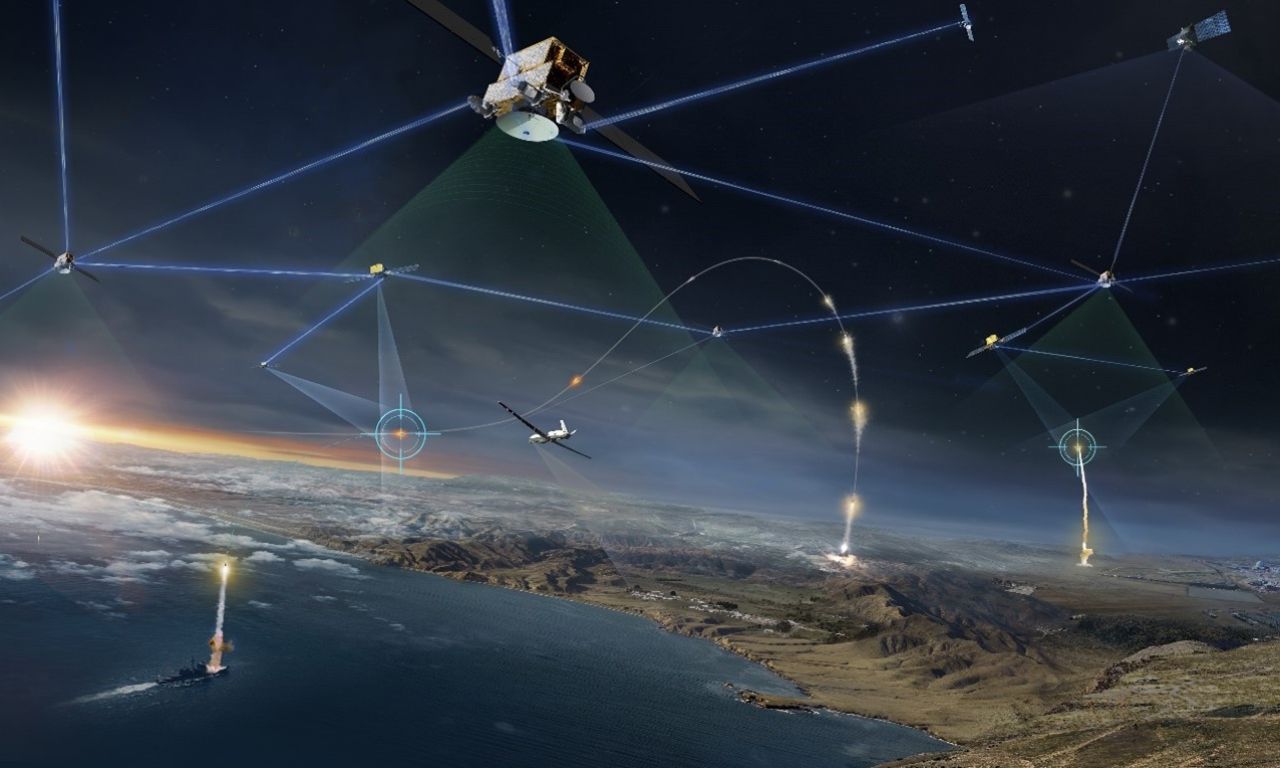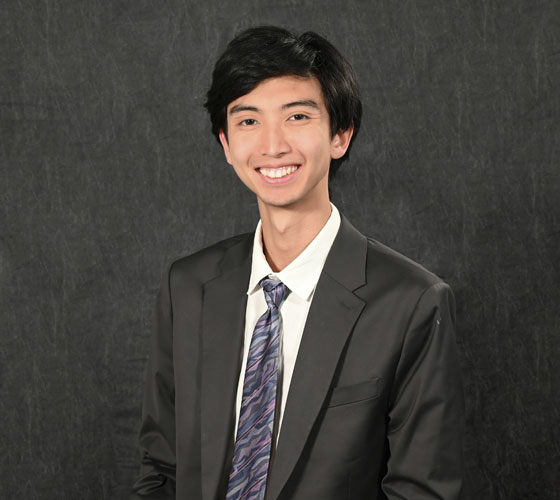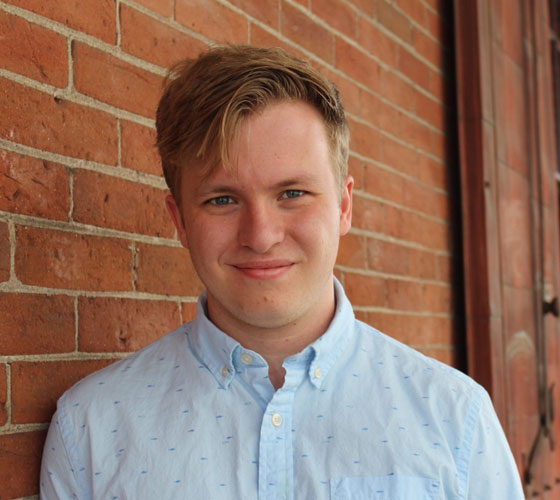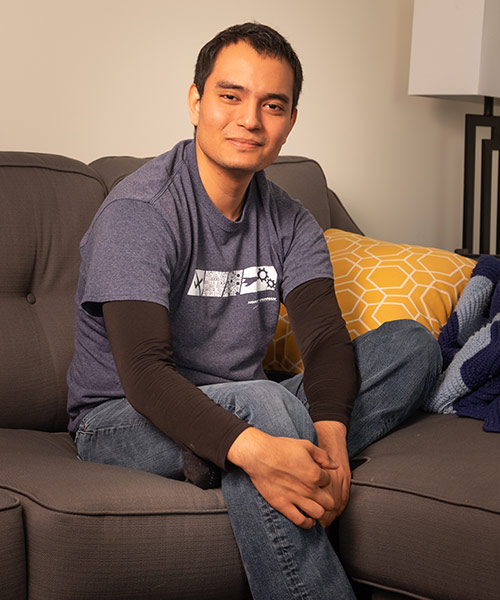When it comes to building the future of national defense, no one does it alone.
Legacy in Action
Bridging Generations on Missile Warning and Tracking Ground Systems

By Erin Cross
When Daniel Ting joined Northrop Grumman as a summer intern in 2023, he didn’t expect to work on one of the most complex algorithmic challenges facing his team. But, thanks to the trust and mentorship of Alex Nguyen, a longtime software engineer with deep expertise in ground mission data processing, Daniel didn’t just work on the coding challenge, he solved it — and learned a lot more along the way.
“One of the reasons I accepted this internship was to work with someone who had decades more experience than me,” Daniel said. “Alex helped me understand not just the technical problem, but how to think about requirements and systems at a higher level.”
A Legacy of Excellence
Alex, whose journey with Northrop Grumman began in 1997, has worked across foundational programs such as Space-Based Infrared System (SBIRS) and Space Tracking and Surveillance System (STSS). These programs are the cornerstone of Northrop Grumman’s expertise in missile warning, tracking and enabling ground systems — transforming infrared satellite data into actionable intelligence to detect and track missile threats from space.
Northrop Grumman has delivered integrated, layered homeland defense for decades while continuing to innovate, staying ahead of emerging threats and delivering trusted, real-time mission data to decision-makers. That legacy continues today through programs including the Space Development Agency’s (SDA) Proliferated Warfighter Space Architecture’s Tracking Layer, a next-generation missile tracking architecture that leverages proliferated low-Earth orbit satellites to detect and track advanced missile threats, including hypersonics.
“Like SBIRS and STSS, SDA Tracking satellites use infrared sensors to detect and track missile threats, and Northrop Grumman is building the ground system to support those space-based sensors,” said Alex. “The team remembered my work on legacy programs, and they said, ‘Alex, come and join us!’”

Intern to Innovator
When Daniel was assigned the coding project from his intern manager, the first thing he did was call Alex.
“Alex said this was one of the harder, if not the hardest, things our program would have to deal with,” said Daniel. “But I took it on as a good challenge and began developing the algorithm with Alex’s help.”
Over the next several months, Daniel developed and implemented an advanced image reconstruction algorithm for the ground system, a critical capability required to efficiently and reliably transmit large amounts of mission data, including raw infrared data and 2-D missile tracks, down to the ground segment for further processing and dissemination. The solution had to be both mathematically precise and fast enough to meet strict timing requirements, a huge accomplishment for an intern tackling one of the most difficult technical tasks on the program.
Traditionally, this kind of processing relies on older languages like C++ to achieve the required speed. However, with Alex’s guidance, Daniel developed a Python–based solution that not only met performance benchmarks but exceeded them.
“Daniel proved me wrong,” said Alex, who was initially skeptical that Python would be up to the task. “He took on the hardest problem and made it work.”
Mentorship in Motion
What started as an internship evolved into full-time employment in 2024. Daniel returned after graduating from UCLA and continued working with Alex on the Space Development Agency’s Tranche 1 Tracking Layer. Today, they remain part of the team delivering real-time 2D tracking solutions for one of the Department of Defense’s most cutting-edge space architectures.
But their relationship isn’t just one-way.
“Mentorship is not just about one person teaching another; it’s really a partnership where both people learn,” Daniel said. “There were teaching moments for both of us.”
Alex agreed, saying Daniel’s innovative approach, shaped by a math-heavy academic background and fresh outlook, challenged assumptions and expanded the team’s perspective.
This cross-generational collaboration between a veteran of Cold War-era infrared surveillance and a recent college graduate is a poignant example of how Northrop Grumman is applying decades of expertise with the best of today’s technologies to solve tomorrow’s challenges. As the pace of innovation accelerates, it’s this kind of mutual mentorship and knowledge exchange that ensures our heritage not only lives on but actively drives the future.
Life at Northrop Grumman
Your work at Northrop Grumman makes a difference. Whether you want to design next-generation aircraft, harness digital technologies or build spacecraft that will return humanity to the moon, you’ll contribute to technology that’s transforming the world. Check out our career opportunities to see how you can help define possible.


